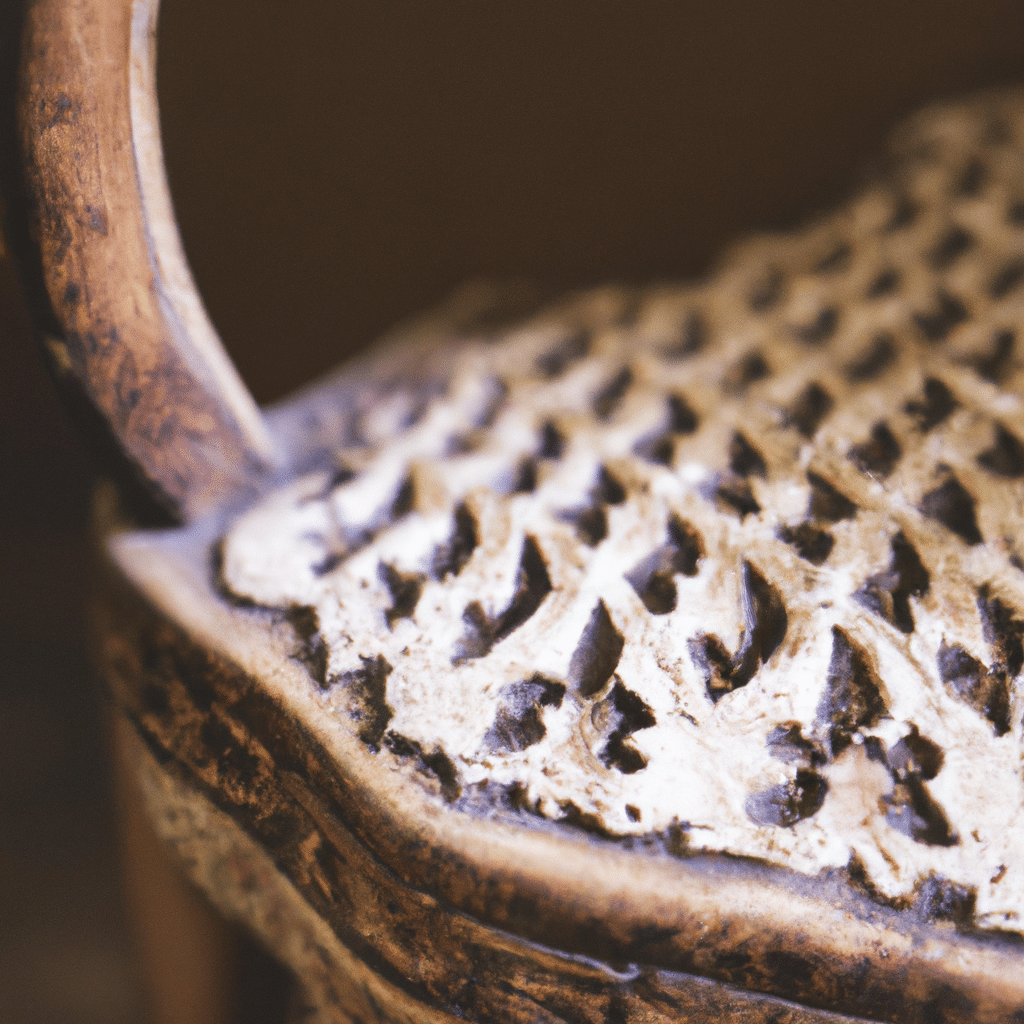In the world of antique furniture, there is a hidden secret that binds the pieces together, both literally and figuratively. That secret ingredient is none other than animal glue. While it may sound unusual to our modern ears, animal glue has played a crucial role in the construction and preservation of antique furniture throughout history. In this article, we will delve into the fascinating world of animal glue and explore its surprising role in the creation and longevity of these cherished pieces.

Understanding Animal Glue: What is it?
Animal glue, also known as hide glue, is a type of adhesive that is made from the connective tissues of animals, such as hides, bones, and cartilage. It has been used for centuries due to its remarkable adhesive properties and its ability to create a strong and durable bond. The process of making animal glue involves boiling the animal parts to extract the gelatinous substance, which is then dried and ground into a fine powder.
The Historical Significance of Animal Glue in Furniture Making
During the 18th and 19th centuries, animal glue was the adhesive of choice for furniture makers. Its unique properties made it ideal for joining wood pieces together, as well as for securing veneers and inlay work. The use of animal glue allowed craftsmen to create intricate and delicate designs, as it provided a strong bond without compromising the integrity of the wood.
Moreover, animal glue played a significant role in the overall longevity of antique furniture. Unlike modern synthetic adhesives, animal glue can be easily reversed by applying heat and moisture, making it possible to repair and restore furniture without causing irreparable damage. This characteristic has contributed to the preservation of antique furniture over the years, as it allows for the disassembly and reassembly of pieces without compromising their structural integrity.
The Benefits of Animal Glue in Antique Furniture Restoration
In recent years, there has been a resurgence of interest in traditional craftsmanship and restoration techniques. As a result, animal glue has once again taken center stage in the restoration of antique furniture. The use of animal glue in restoration projects ensures that the original construction methods are faithfully replicated, preserving the historical authenticity of the piece.
One of the key advantages of using animal glue in restoration is its compatibility with the original materials. Antique furniture often consists of various types of wood, each with its own unique properties. Animal glue has the ability to bond different types of wood together seamlessly, ensuring a strong and durable connection. Furthermore, the reversible nature of animal glue allows for future repairs and restoration work to be carried out with ease.
The Challenges of Animal Glue in Modern Furniture Making
While animal glue continues to be revered in the world of antique furniture, its use in modern furniture making has become less common. The advent of synthetic adhesives, such as polyvinyl acetate (PVA) and epoxy, has revolutionized the industry, offering faster curing times and greater convenience. However, these modern adhesives often lack the reversible qualities and long-term stability of animal glue.
Furthermore, the production of animal glue itself presents certain challenges. The sourcing of animal parts for glue production has raised ethical concerns, leading to the development of alternative adhesives in the modern era. However, for those dedicated to the preservation and restoration of antique furniture, animal glue remains the adhesive of choice due to its historical significance and unmatched performance.
Conclusion
In conclusion, animal glue stands as a testament to the craftsmanship and ingenuity of furniture makers throughout history. Its unique properties and long-standing tradition have made it an indispensable tool in the construction and restoration of antique furniture. While modern adhesives have their advantages, they often cannot match the durability and reversibility of animal glue. So, the next time you come across a beautifully crafted piece of antique furniture, remember the hidden secret that holds it together – animal glue.








